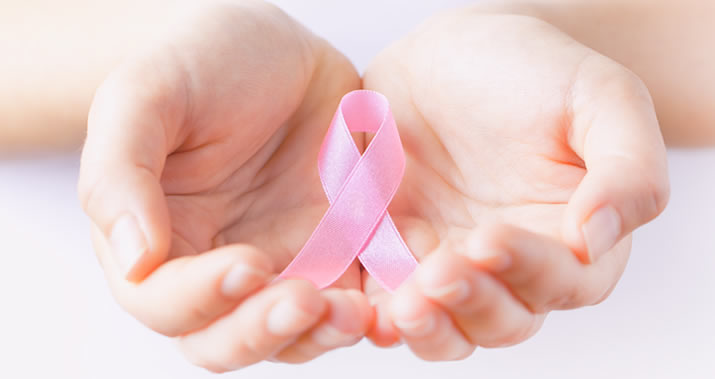
For decades, scientists have studied the direct causes of illnesses like breast cancer. They now know this form of cancer can be caused by factors found within the environment itself.
What they cannot pinpoint, however, is what biological and genetic elements make one woman more at risk than another. Until they can make this determination, women are encouraged to learn about how breast cancer is linked directly to exposure to certain types of chemicals.
Exposure to Everyday Chemicals
Scientific studies have proven that you do not have to be exposed to heavy duty industrial chemicals to be at a higher risk for breast cancer. In fact, exposure to chemicals found and used in everyday life can be enough to put you at a higher risk for this illness.
In particular, chemicals found in products that people think nothing of using on a daily basis are enough to increase the chances of you developing breast cancer at some point in your life. Scientists have determined that the chemical ingredients in common products like:
- Food and drink containers
- Cosmetics and hair dye
- Personal hygiene items like deodorant and facial cleansers
- Sunscreen
- Household cleaning products like ammonia and bleach
- Lawn and garden care products
can influence the growth and reproduction of cells in your body. They can induce mutations that could result in the development of tumors in your breast tissue.
Moreover, your risks of developing breast cancer are not reserved solely to your exposure to chemicals in everyday products. Your chances of developing breast cancer also correlate to how often you are exposed to chemicals found in the environment.
For example, studies have shown women who are regularly exposed to chemicals found in gasoline, car exhaust, and air pollution develop breast cancer at a higher rate than those who avoid those pollutants. Likewise, women who come into contact with chemicals like benzene, dioxins from burning wood, coal, and oil, and DDT, which was banned decades ago but still lingers in the environment, also develop breast cancer more frequently.
Given this information, you may wonder how you can lower your chances of getting breast cancer because of exposure to chemicals. For starters, you should realize that science has established facts that determine a woman’s likelihood of developing the illness. In particular, your own risk factors for breast cancer due to chemical exposure depend on:
- How old you were when exposed to the chemicals
- The frequency of exposure
- The exposure’s duration
- The amount of exposure
Studies have long proven that women who are exposed at a higher rate and for longer periods of time to certain chemicals develop breast cancer more often than women who are exposed to limited amounts of chemicals for shorter periods of time.
Prevention and Precautions
There are some simple, practical steps you can take to reduce your chances of developing breast cancer. To start, research the personal hygiene products that you currently use or plan to buy. Parabens – typically added to makeup to increase shelf life, and Phthalates – a common ingredient in hair spray and nail polish, have both been widely studied for their links to breast cancer. Avoid any products with these ingredients.
Many websites dedicated to educating the public about breast cancer caused by chemical exposure have been created to educate the public. These websites gain much of their information from studies conducted on laboratory animals. Still, they can be helpful in helping you limit your own exposure to chemicals known to be carcinogenic. Skin Deep and The Campaign for Safe Cosmetics are two reputable sites.
While easier said than done, you should make it a point to stay away from elements like air pollution, car exhaust, and chemicals from burning oil, coal, and wood. Limiting your exposure to or staying away entirely from these factors can reduce your chances of developing breast cancer.
Chemicals in everyday products have been scientifically linked to the development of breast cancer. Women who use or are exposed to them stand a statistically higher chance of suffering this illness at some point in their lives.